United States President Donald Trump is marking his first 100 days back in office with a rally in Macomb County, Michigan, just north of Detroit, a city renowned for its automotive industry.
In the space of just more than three months, he has signed more executive orders than any other president, sent markets spiralling with tariffs and for the most part stuck to his America First policy, except when it comes to Israel.
Al Jazeera looks at some of his biggest decisions in numbers:
How did he use his executive powers?
Trump has signed at least 142 executive orders so far, which, according to the American Presidency Project, is more than any other US president in their first 100 days in office.
An executive order is a directive issued by the president to federal agencies that has the force of law but does not require congressional approval.
On January 20, his first day in office, Trump signed 26 orders, which included pardoning more than 1,500 people convicted on January 6, 2021, Capitol riot charges; withdrawing from the World Health Organization; and renaming the Gulf of Mexico to the Gulf of America.
The majority of Trump’s executive orders have focused on immigration and border security as well as energy and trade.
How many people were pardoned?
Since returning to office, Trump has pardoned more than 1,500 people, including his supporters convicted in connection with the January 6, 2021, US Capitol riot after he lost the 2020 presidential election. Other notable pardons include Ross Ulbricht, founder of the Silk Road dark web marketplace, who was serving a sentence for drug trafficking and money laundering.
DOGE cuts and layoffs
Tech billionaire Elon Musk’s Department of Government Efficiency (DOGE) was created by Trump through an executive order on January 20, in which he gave DOGE a mandate to slash government spending.
According to figures published on DOGE’s website, the organisation is estimating that it has cut $160bn from the federal budget, representing about 8 percent of the $2 trillion Musk had initially pledged to save.
DOGE said the biggest cuts have been made to the Department of Health and Human Services ($47.4bn), Agency for International Development ($45.2bn) and Department of State ($2.6bn). These figures have, however, been criticised for lacking sufficient evidence to back them up.
According to data collated by CNN, at least 121,000 workers have been fired from federal agencies with about 10,000 employees fired from the Agency for International Development (USAID), where 100 percent of the jobs were culled. USAID was the first agency Trump went after, and it has now been almost dissolved.
Tariffs and the economy
Trump’s administration has implemented a flurry of tariffs to, in his words, reduce the US trade deficit, remedy unfair trade policies against the US, bring manufacturing jobs back to the country and generate income for the US government.
Starting on February 1, Trump imposed 25 percent tariffs on Canadian and Mexican goods, including a 10 percent levy on Canadian energy, and hit Chinese goods with a 10 percent tariff.
In the weeks that followed, Trump targeted steel and aluminium as well as auto imports with tariffs of 25 percent. By April, Trump had placed a baseline 10 percent tariff on goods imported from the rest of the world.
China received the highest tariff rate at 145 percent. However, some exemptions have been applied to technology-related items, such as smartphones.
Canada and Mexico are facing tariffs of 25 percent on goods that are noncompliant with the trilateral USMCA trade deal they have with the US, affecting $63.8bn worth of trade, according to Bloomberg News.
The European Union is facing what is for now a suspended 20 percent tariff rate.
How have the markets reacted?
Since coming into office, Trump has sent shockwaves through the markets, largely due to his flip-flopping tariff announcements, which have caused uncertainty and volatility.
Since the November election, despite an initial spike, all major indices have fallen:
- S&P 500 – down about 3.3 percent
- Nasdaq – down about 4.5 percent
- Dow Jones – down 5.3 percent
Since inauguration day, the markets have fallen even further:
- S&P 500 – down about 7.9 percent
- Nasdaq – down about 12.1 percent
- Dow Jones – down 8.9 percent
Which world leaders have visited Trump?
In his first 100 days in office, Trump has hosted at least 11 world leaders.
Unsurprisingly, Israeli Prime Minister Benjamin Netanyahu was the first leader to arrive at the White House on February 4. It was during this visit that Trump said he would turn Gaza into the “Riviera of the Middle East”.

World leaders who have visited Trump include:
- Netanyahu on February 4
- Japanese Prime Minister Shigeru Ishiba on February 7
- Jordanian King Abdullah II on February 11
- Indian Prime Minister Narendra Modi on February 13
- French President Emmanuel Macron on February 24
- British Prime Minister Keir Starmer on February 27
- Ukrainian President Volodymyr Zelenskyy on February 28. This meeting was notable for its war of words between Trump and US Vice President JD Vance on one side and Zelenskyy on the other, which led to the US withdrawing military aid from Ukraine
- Irish Prime Minister Micheal Martin on March 12
- Netanyahu for the second time on April 7
- Salvadoran President Nayib Bukele on April 14
- Italian Prime Minister Giorgia Meloni on April 17
- Norwegian Prime Minister Jonas Gahr Store on April 24
Foreign policy: Stance on Ukraine, Gaza and Yemen
Since entering office, Trump has said he maintains an America First policy.
On Ukraine, Trump has criticised the scale of US spending under former President Joe Biden, arguing that European countries should shoulder a greater share of the burden. On March 3, Trump ceased all military aid to Ukraine, a move that drew sharp criticism from European allies. The Trump administration has held several meetings with Ukrainian and Russian officials to try to end the fighting.
In the Middle East, Trump has brandished proposals to take control of Gaza and redevelop it, an idea widely condemned for implying the ethnic cleansing of 2.3 million Palestinians. At the same time, his administration has continued sending US bombs to Israel, including 900kg (2,000lb) bombs, reinforcing unwavering US support for Israel.
Since Trump’s inauguration on January 20, Israeli forces have killed at least 2,392 people in Gaza and 105 in the occupied West Bank. Additionally, about 3,000 people have either died from wounds sustained in Israeli attacks or were pulled dead from beneath the rubble.

Elsewhere in the Middle East, the US has significantly increased its military actions in Yemen with attacks on Iran-backed Houthi rebels. Operation Rough Rider began on March 15, whose stated aim is stemming Houthi attacks on Red Sea shipping.
From March 15 to April 18, at least 207 US attacks were recorded in Yemen, resulting in at least 209 deaths, according to the Armed Conflict Location and Event Data Project (ACLED).
Has Trump kept his promises?
During his 2024 election campaign, Trump made at least 75 promises, which included everything from mass deportations to releasing the 2021 Capitol Hill rioters.
PolitiFact, an American nonprofit project operated by the Poynter Institute that fact-checks news statements, has been tracking Trump’s promises with its MAGA-Meter. According to its scorecard, Trump has kept six of his promises, broken one, stalled on four and is working on fulfilling 23. The remaining 41 promises have not yet been rated.

trumps-100-day-scorecard-executive-orders-tariffs-and-foreign-policy-donald-trump-news

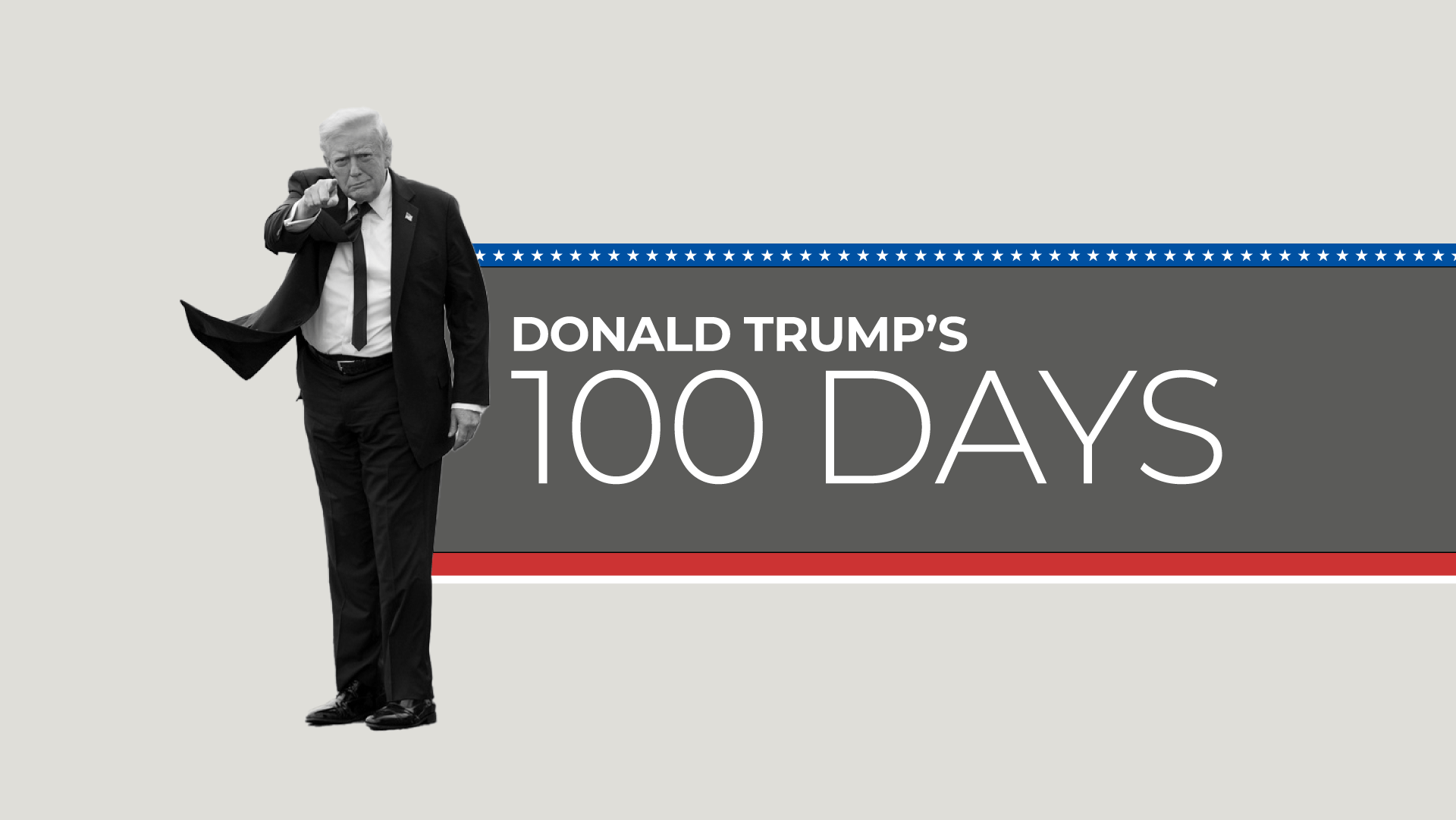

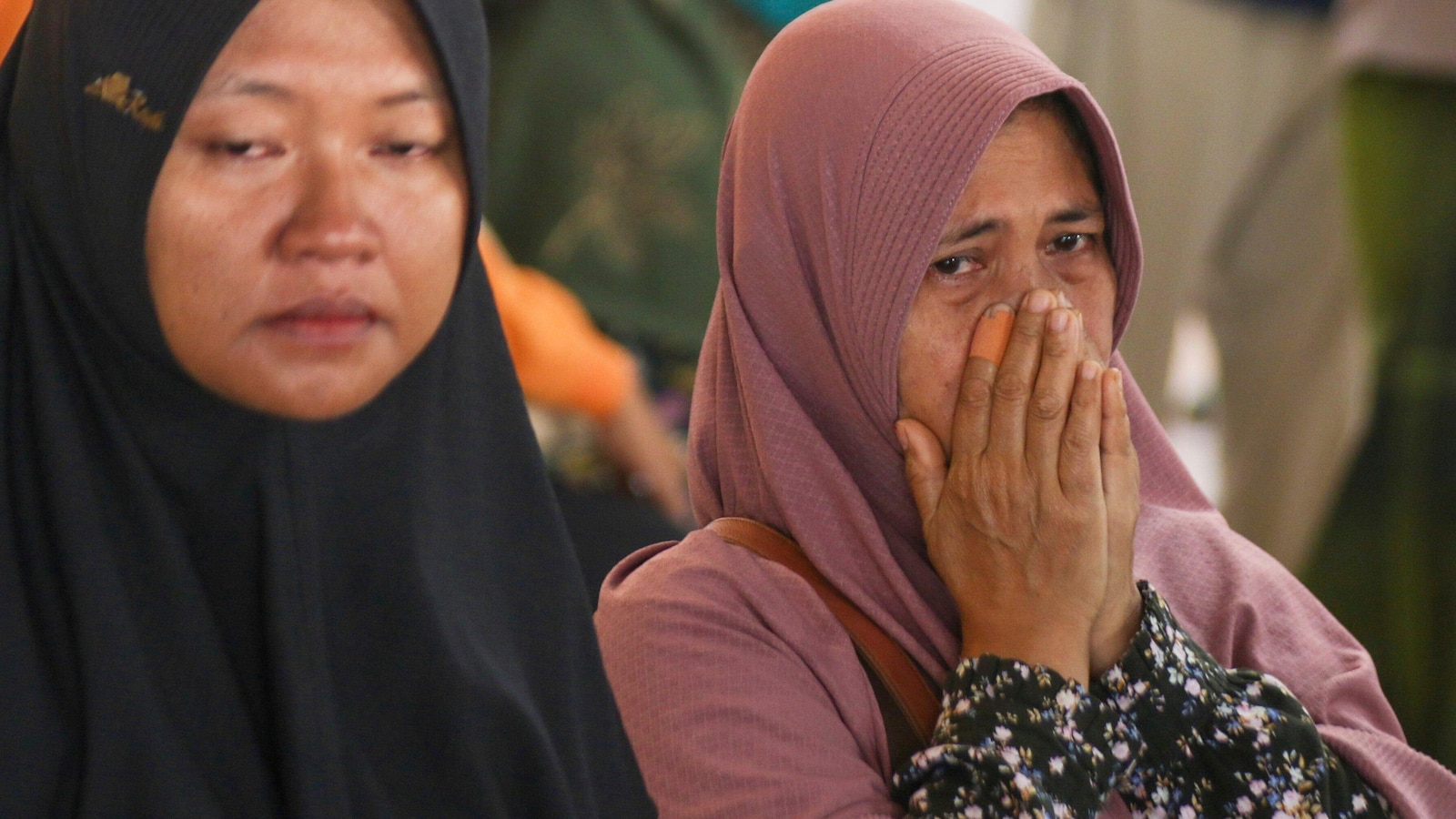
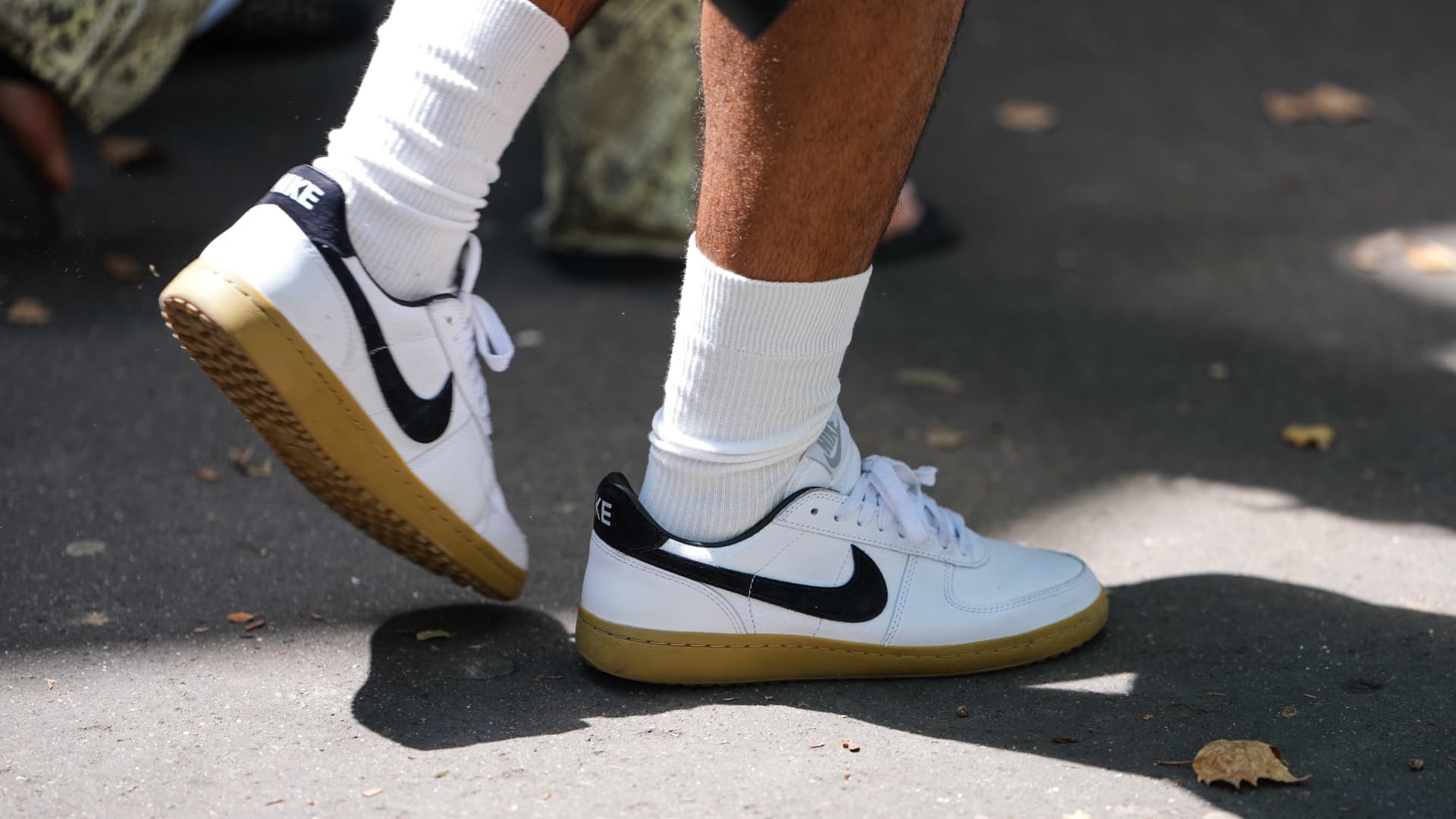

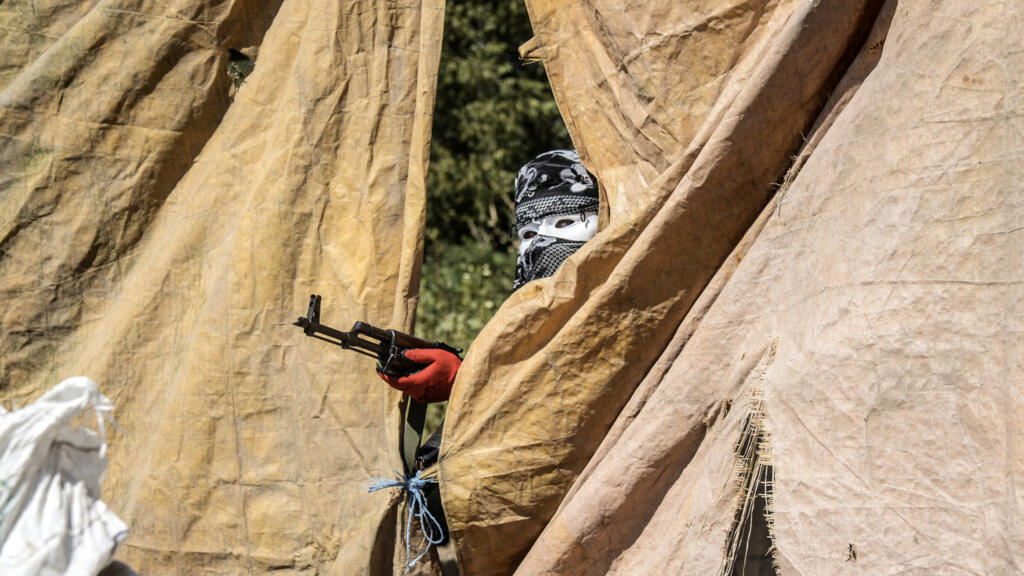
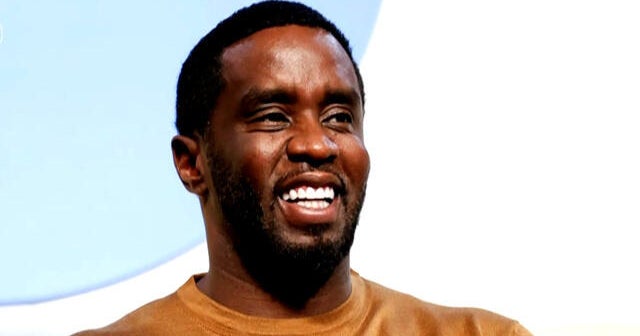
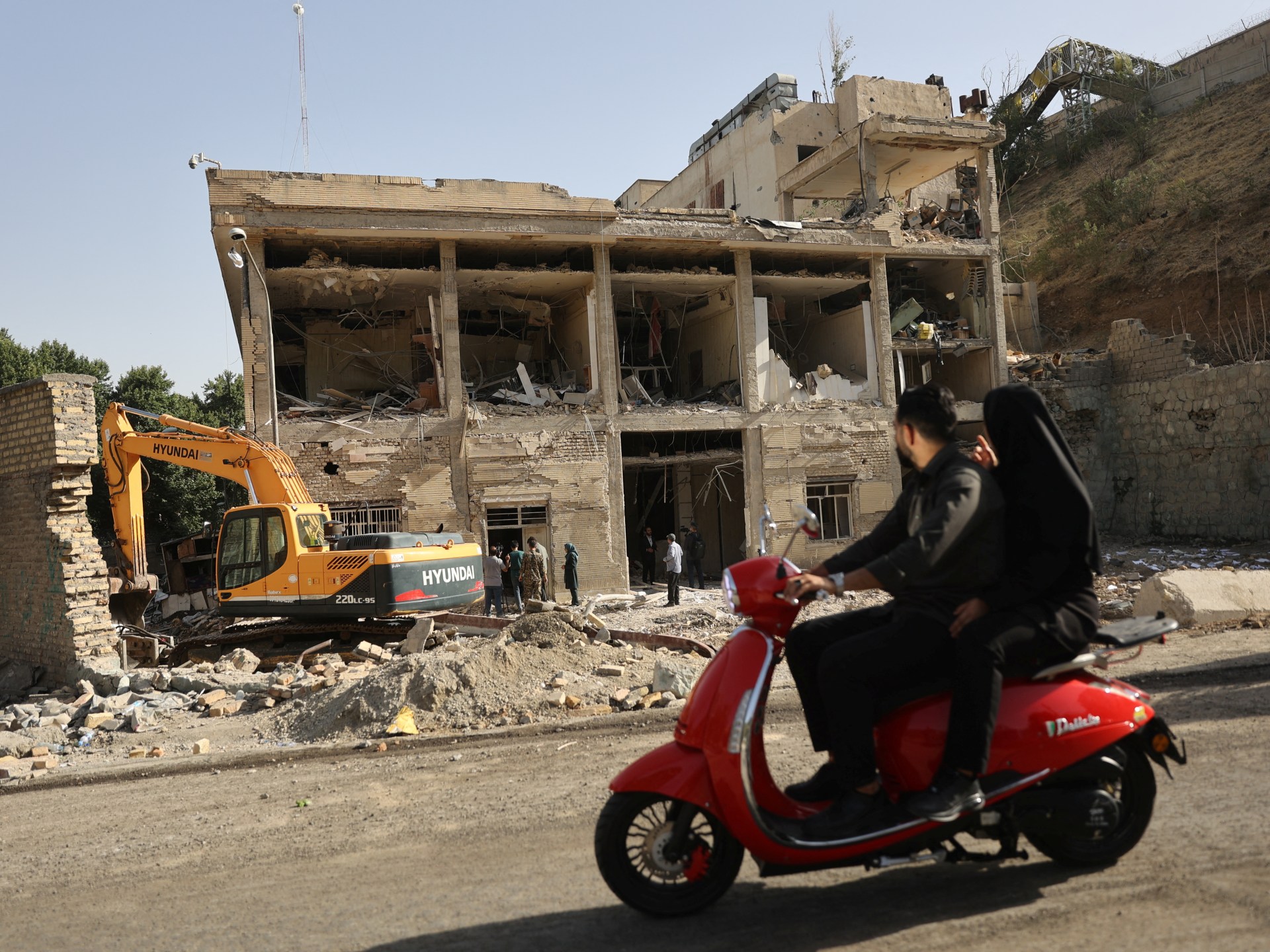
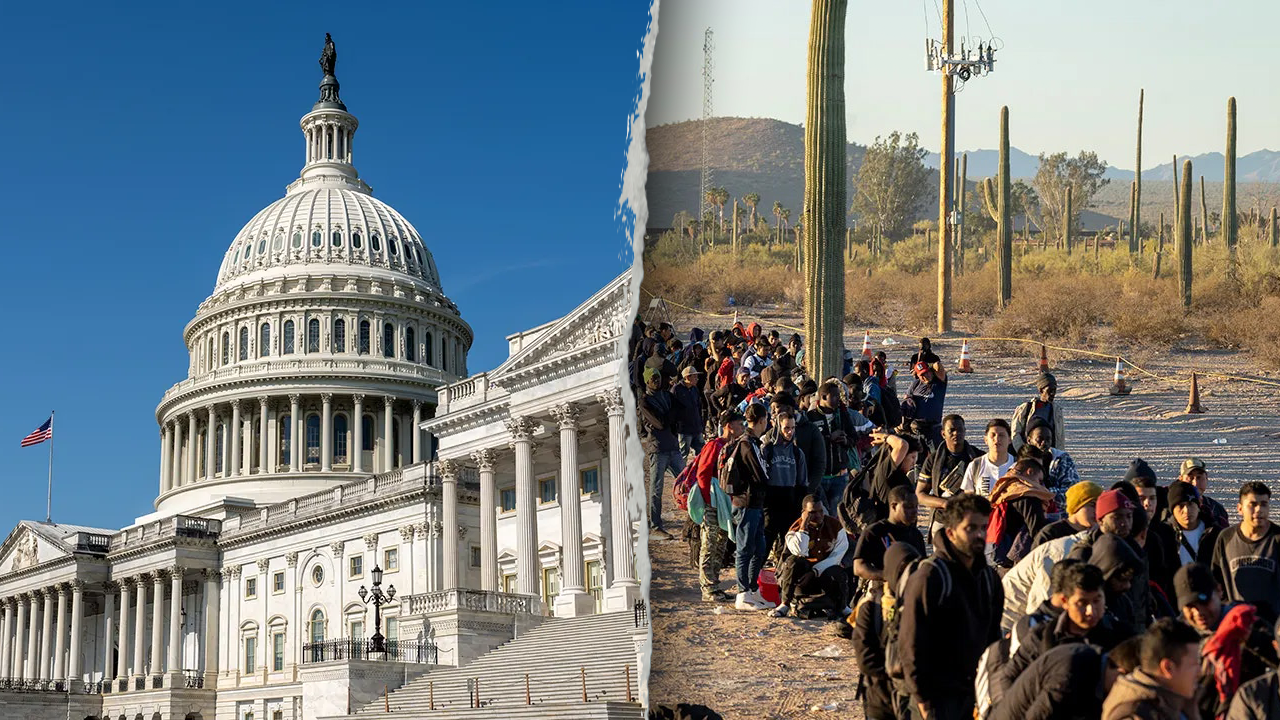
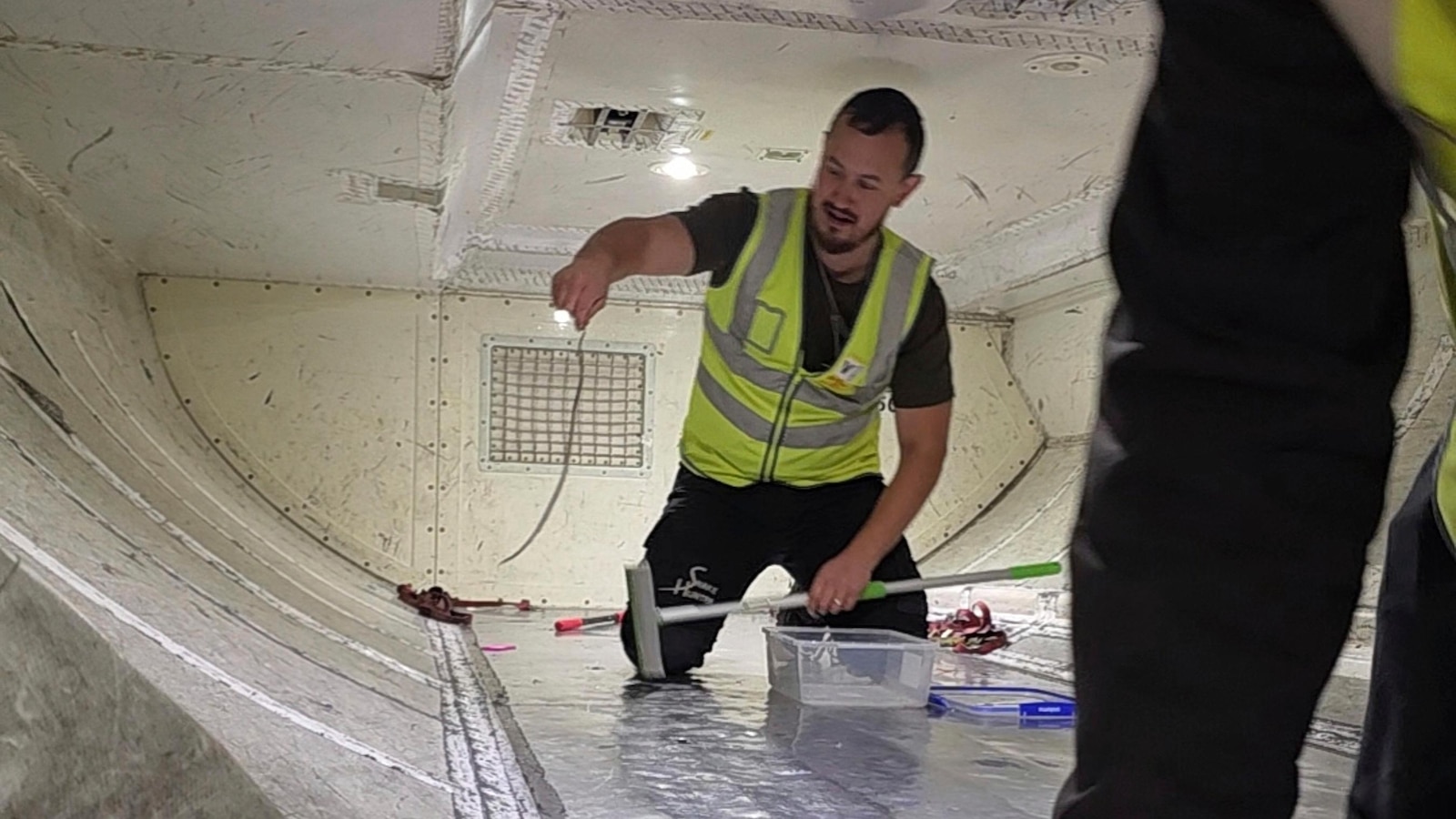

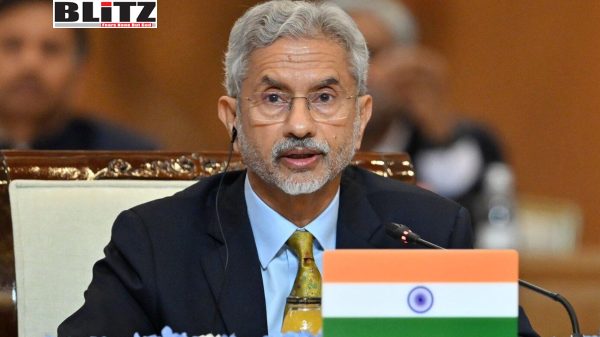

Leave a Reply